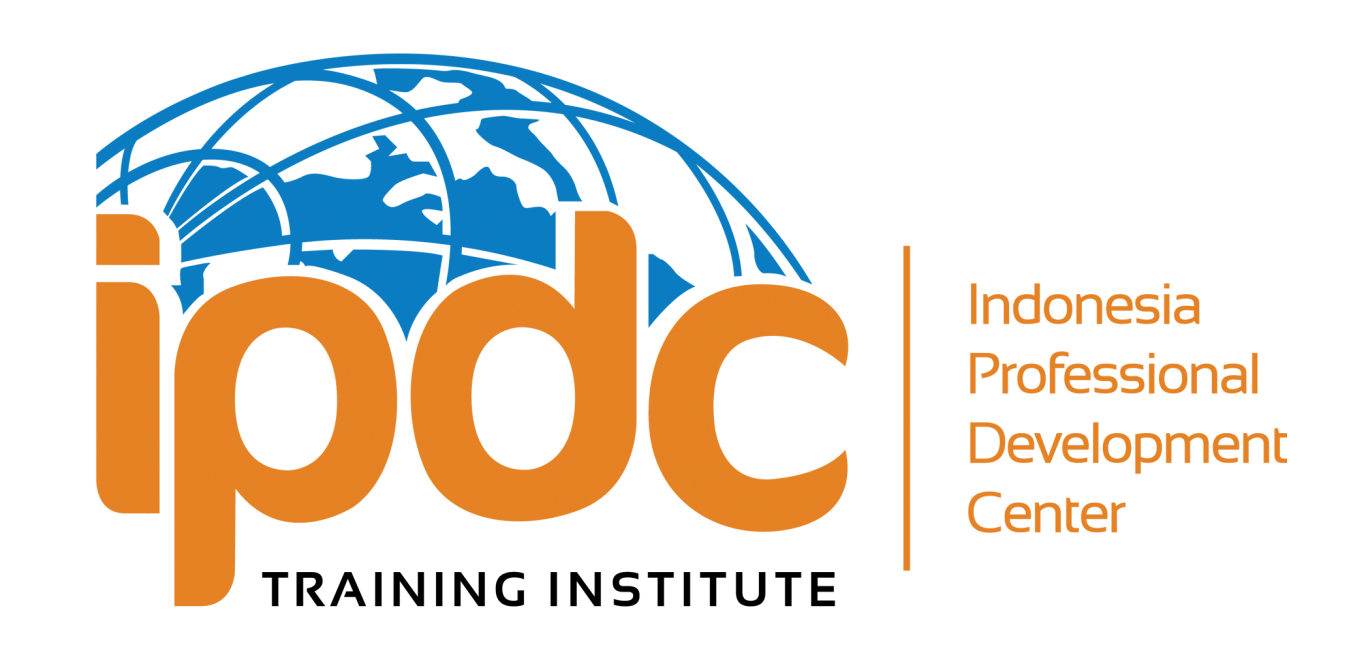Future Training Platform and Delivery
- Febryansyah Febryansyah
- Jan 25, 2024
- 2 min read

The future of training platforms and delivery is likely to be shaped by emerging technologies and evolving educational trends. Here are some potential features and trends that could characterize future training platforms and delivery methods:
1. Online and Blended Learning:
Continued growth in online learning and the integration of blended learning approaches, combining traditional classroom instruction with digital resources. This allows for flexibility and personalized learning experiences.
2. Artificial Intelligence (AI) and Personalization:
Integration of AI for personalized learning experiences. AI algorithms can analyze individual learning patterns and adapt content, pacing, and assessments to meet the specific needs of each learner.
3. Virtual Reality (VR) and Augmented Reality (AR):
Increased use of VR and AR for immersive learning experiences. This technology can simulate real-world scenarios, providing practical training in a safe and controlled environment.
4. Gamification:
Continued use of gamification elements to enhance engagement and motivation. Points, badges, leaderboards, and other game-like features can make learning more enjoyable and encourage active participation.
5. Microlearning:
Short, focused learning modules that can be easily consumed in bite-sized chunks. Microlearning is ideal for busy schedules and allows learners to access information when needed, promoting continuous learning.
6. Collaborative Learning:
Enhanced collaboration tools for group projects, discussions, and peer-to-peer learning. Future platforms may prioritize social learning experiences, encouraging interaction and knowledge sharing among learners.
7. Blockchain for Credentials:
Use of blockchain technology for secure and verifiable credentialing. This can provide a transparent and tamper-resistant way to verify and showcase skills and certifications.
8. Adaptive Assessments:
Adaptive assessment tools that dynamically adjust based on a learner's performance. This ensures that assessments are challenging but not overwhelming, providing a more accurate measure of a learner's capabilities.
9. Mobile Learning:
Continued growth in mobile learning options. Future platforms are likely to be optimized for various devices, allowing learners to access content on smartphones and tablets easily.
10. Data Analytics for Learning Insights:
Advanced data analytics tools to track learner progress and provide insights for instructors and administrators. This data-driven approach can help identify areas for improvement in courses and instructional design.
11. Virtual Labs and Simulations:
Integration of virtual labs and simulations for hands-on training in fields that require practical experience, such as science, engineering, and healthcare.
12. Social Learning Platforms:
Dedicated platforms that focus on social learning, fostering a sense of community and networking among learners. This can include discussion forums, mentorship programs, and collaborative projects.
13. Accessibility and Inclusivity:
Prioritization of accessibility features to ensure that training platforms are inclusive and accommodate learners with diverse needs and abilities.
These trends represent the evolving landscape of education and training, emphasizing flexibility, interactivity, personalization, and the integration of emerging technologies to enhance the learning experience. The future of training platforms and delivery will likely continue to adapt to the needs of learners and the advancements in technology.





